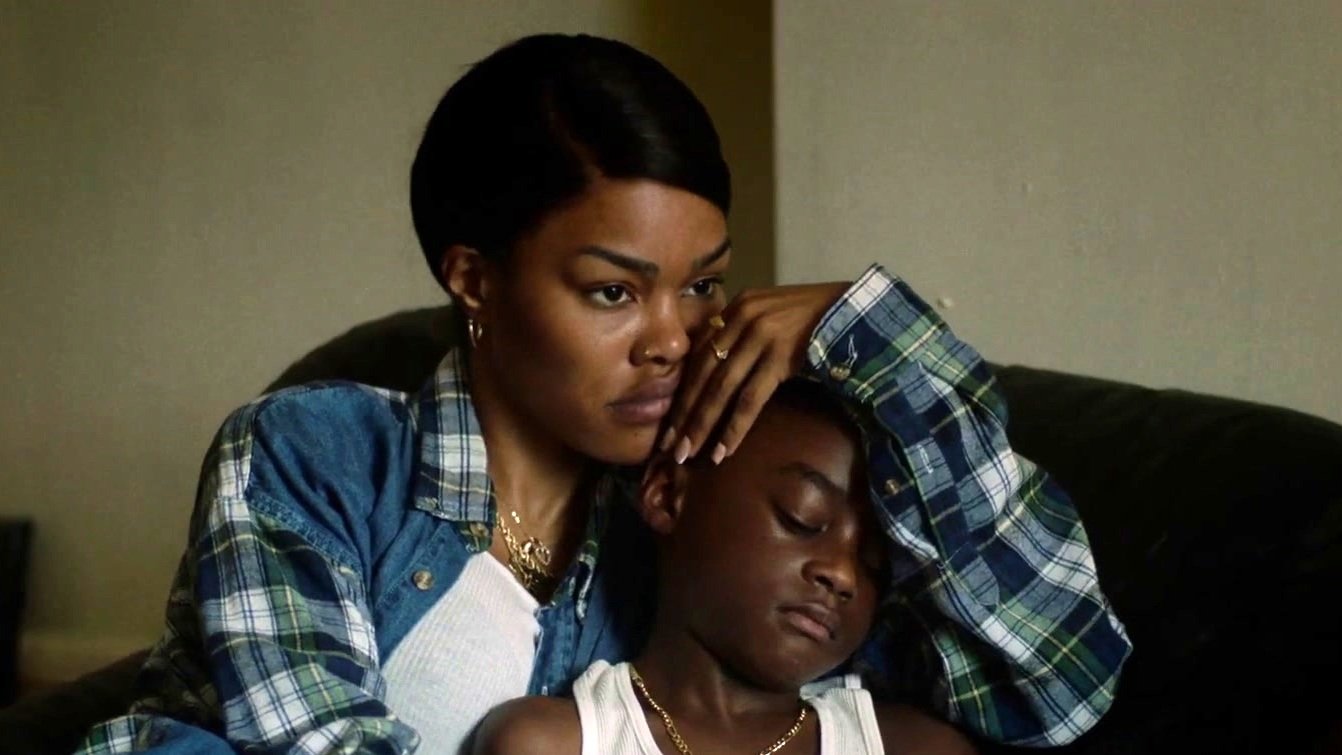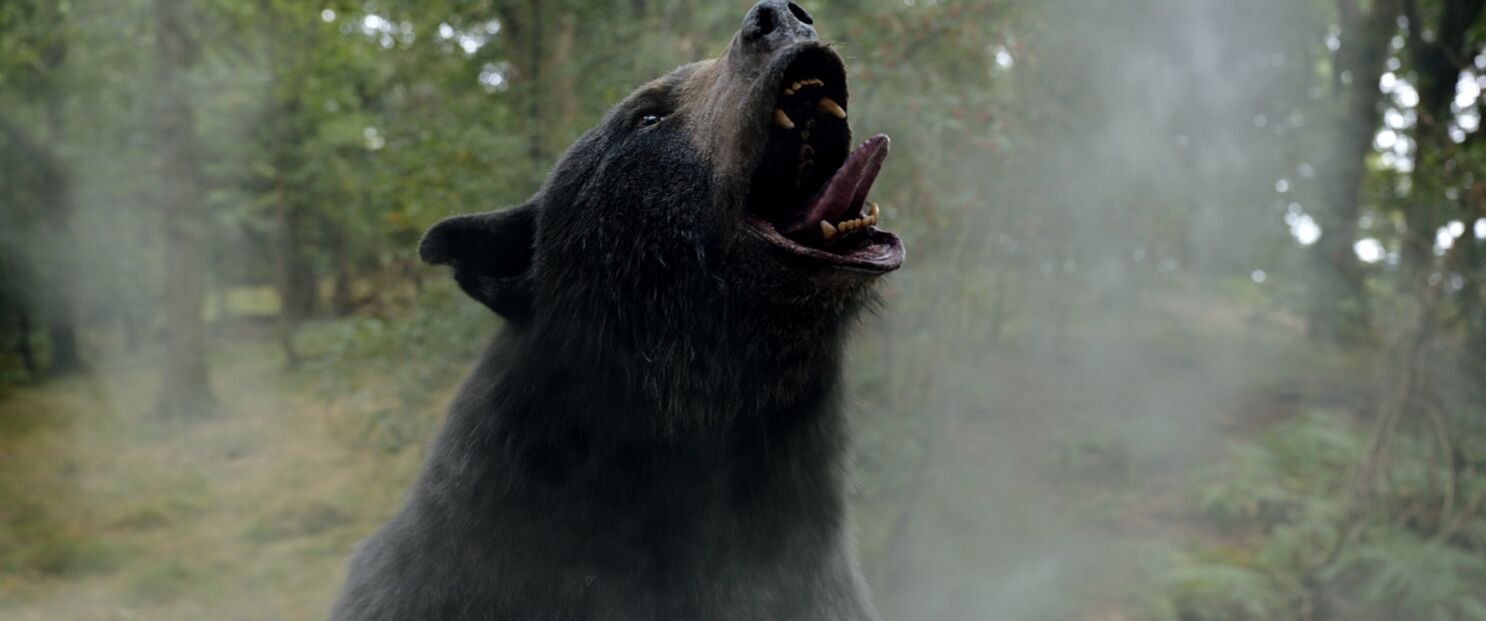HOW TO BLOW UP A PIPELINE
Directing: B+
Acting: B+
Writing: B+
Cinematography: B
Editing: A-
Is it sad, or is it a relief, that the powers that be clearly feel no threat at the existence of How to Blow Up a Pipeline? It can be both at once, I suppose. The title can’t be taken too literally—we don’t see any cohesive instructions onscreen. It seems readily apparent that both instruction and inspiration can be found elsewhere. I can’t speak to the Andreas Malm book on which it’s based. Either way, not nearly as many people will see this film as it deserves, and its themes will be preaching to small choirs across the country, who nod their heads in faux “solidarity” while they all go back to the systems in their lives that brought us here.
That’s not a judgement, just a statement. How to Blow Up a Pipeline, as a film, is a statement. Its ensemble cast of characters is a diverse group of young idealists, who have a legitimate claim when they say their destructive acts are done in self-defense. This film is very much in league with the 2020 Kim Stanley Robinson novel The Ministry for the Future, in which, among a multitude of other events, “drone clusters” are used to clog dozens of commercial airplanes around the world on the same day, in an effort to frighten the population into avoiding such a carbon-heavy mode of transportation. The actions of How to Blow Up a Pipeline exist on a far smaller scale, but I have a feeling both are prescient. The longer establishment entities do nothing about climate change, the more radical the responses will become. The same is happening with gun violence protests right now, and climate action is close behind.
Which is to say, How to Blow Up a Pipeline currently exists largely under the radar, but the type of action it depicts won’t for long. These characters all have plausible, real-world motivations for what they do, from the young woman (American Honey’s Sasha Lane) with Leukemia as a result of growing up near a chemical refinery, to the Texas father and husband (Jake Weary) who has been forced out of his home by “eminent domain” to make way for the construction of the titular oil pipeline.
These two wind up as part of an activist—or terrorist, depending on your angle of view—group through a series of degrees of separation, including Marcus Scribner as a member of a documentary crew recording the displaced Texas family’s story; Ariela Barer as best friend to Sasha Lane, having grown up together in the same neighborhood; Jayme Lawson as Lane’s reluctant participant girlfriend; Euphoria’s Lukas Gage as a Portland protester and Kristine Froseth as his girlfriend who may or may not be acting as informant to the FBI; and Forrest Goodluck as the disaffected North Dakotan who has taught himself bomb assembly.
Most of How to Blow Up a Pipeline is very procedural, effectively tense thanks to the urgency of Daniel Goldhaber’s direction, and we meet all these people right as they are kicking their plan into action. We then see them follow it through to its conclusion, and the only time we really learn anything about them on an individual level is as, every ten or fifteen minutes, they each get a turn with a flashback that fleshes out each of their motives.
And this movie is clearly on their side, even when one or two of them argues against their tactics. The point that taking action within the system isn’t working is valid. These young adults know that what they’re doing is dangerous, that cutting off a vital line to literal power will hurt the livelihoods of people not that different from them. The specific plan carried out here is sound, and once its conclusion is reached, there’s an undeniable thrill to it.
There are moments when it feels a bit like the dialogue lacks depth. But then you remember how young, and to varying degrees desperate, these kids are. This is how such people would actually be talking to each other. The narrative thread wraps itself up a little too cleanly for plausibility, but that is also how movie making works: if you want a point to get made, you make it by also creating solid entertainment. How to Blow Up a Pipleline works very well on both tracks.
Hmm well I guess that’s how you do it.
Overall: B+










